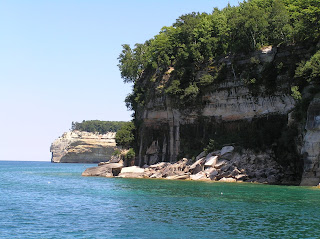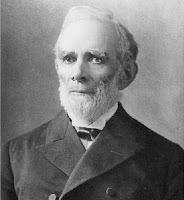Creation still matters!

Rhea Central High School, 1925 Photo: Smithsonian Here we go again... Continuing on with my thoughts about the importance of beliefs, I want to first re-affirm that creation/evolution is not a gospel issue . Those who reject young-age creationism (or believe it) can still be Christians, but that doesn't mean that our beliefs about creation don't matter. I was reminded of that just now when I got a message from a friend who teaches at a Christian high school. I don't know all the details, but the story is frustratingly familiar. I've changed some of the details here to protect privacy and because the details are kind of irrelevant - this kind of stuff keeps happening again and again and again. When will we learn? My friend told me that his school hired a new science teacher this year, but no one bothered to ask what she believed about creation. Apparently, she's not a young-age creationist, and the students are up in arms. I shudder to thi...






